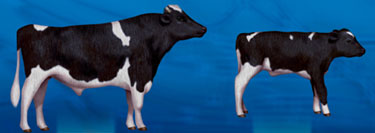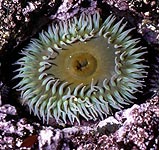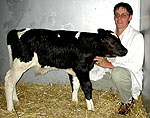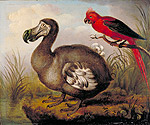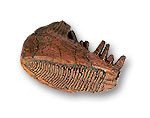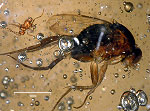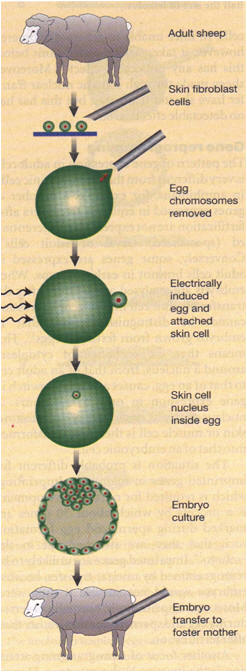Cloning
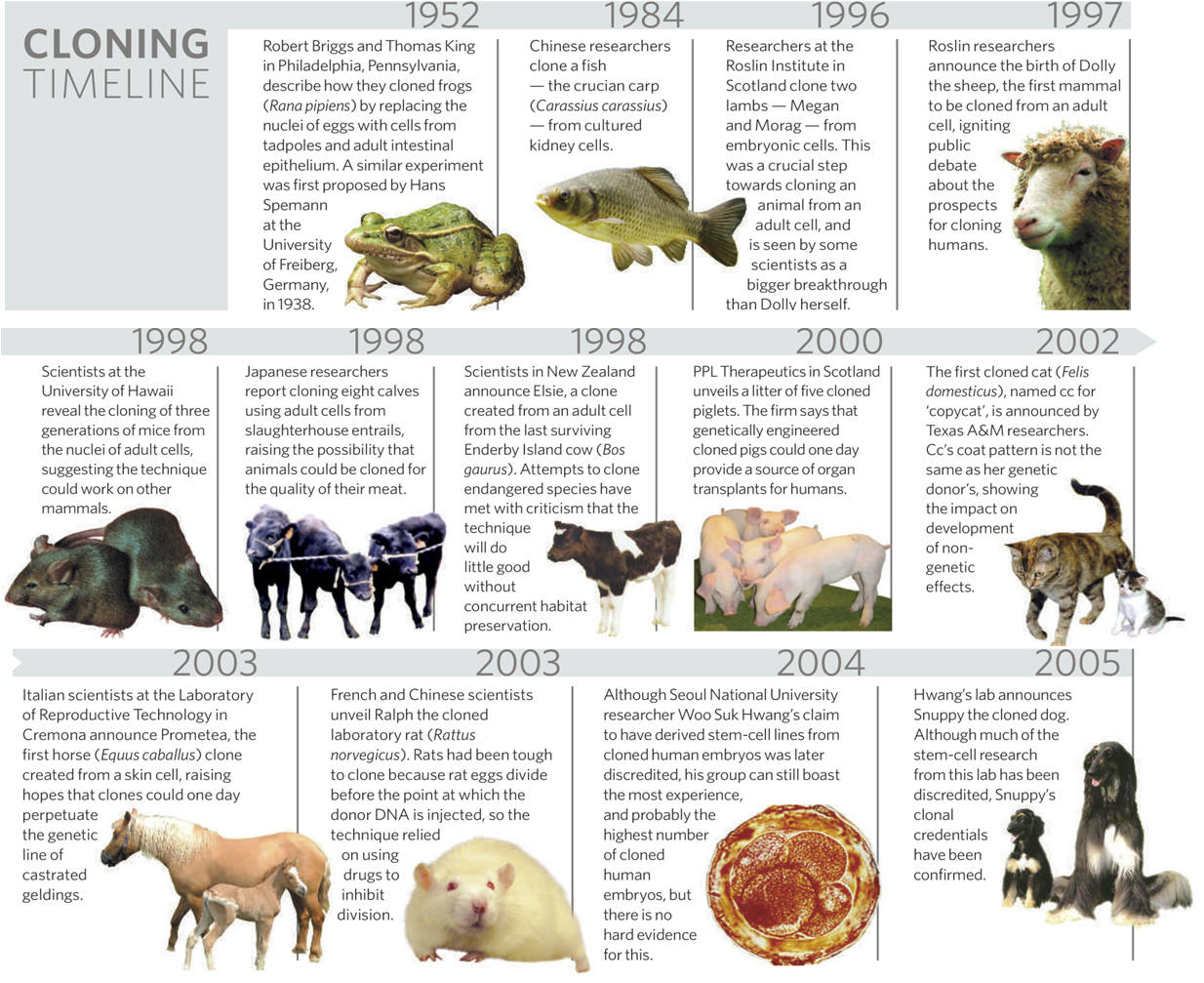 |
Cloning and stem cells (see under "Stem cells") offer great promise for the future, but their use is still very controversial. Bring back the Tasmanian tiger. Make organs to measure. Heal incurable diseases. With cloning and stem cell research, we may be able to do these things one day. Reproductive cloning is already letting us duplicate animals, and therapies based on stem cells are being used to treat leukemia and Parkinsons disease. Scientists are also using these new discoveries to better understand how a complete organism develops from one cell.
If you have an identical twin, then you have a clone. This clone has exactly the same genetic composition as you, but not the same personality. A clone is an exact genetic copy of a living organism. When two organisms are clones, they have the same genome. Identical twins are clones that develop when a single egg divides. Certain other organisms, such as jellyfish and sea anemones can also reproduce by cloning. You create clones yourself when you make plant cuttings. These days, we have the lab technology to produce clones of cells and of complete organisms. There are natural clones; identical twins, plant bulbs, sea anemones and E.coli bacteria are all examples.
